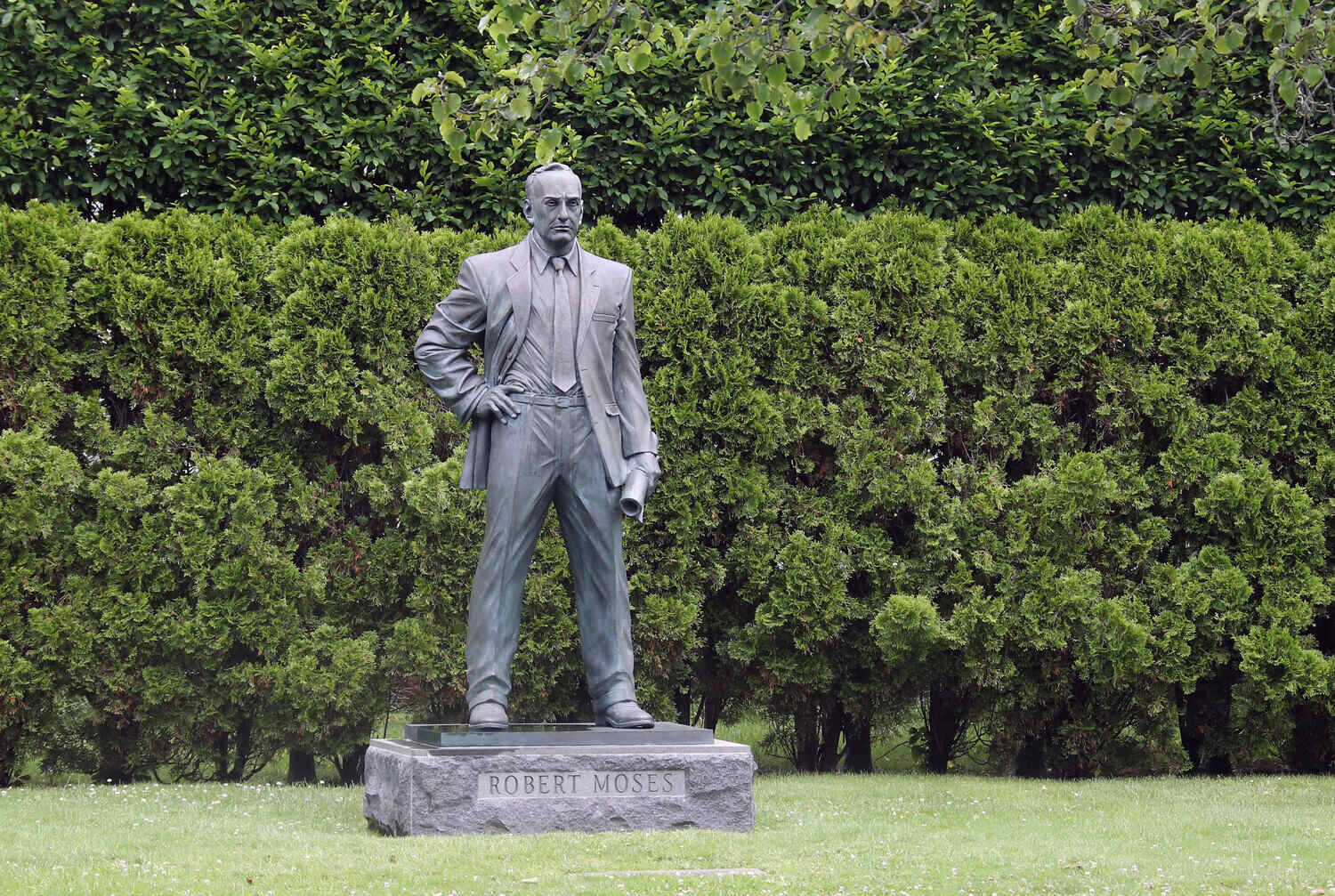Hidden Stories Of New York’s Robert Moses

Have you ever wondered who shaped New York City into the bustling metropolis it is today? Meet Robert Moses, a man whose influence on the city's landscape is both legendary and controversial. Known as the "Master Builder," Moses played a pivotal role in constructing highways, bridges, and parks that transformed the city. Yet, his methods and decisions often sparked debate, as they sometimes prioritized cars over communities. His projects displaced thousands, altering neighborhoods forever. Despite the controversies, his impact remains undeniable. Understanding Moses' legacy offers a glimpse into how cities evolve and the complex decisions behind urban planning. Whether you're a history buff or just curious about city life, learning about Robert Moses reveals the hidden stories behind New York's iconic skyline.
Discovering the Legacy of Robert Moses
Robert Moses, a name synonymous with urban development, left an indelible mark on New York City. His influence can be seen in various structures and landscapes across the city. Let's explore some of the hidden stories and places that showcase his legacy.
Bridges Built by Moses
Moses was instrumental in constructing several iconic bridges, each with its own story and significance.
Triborough Bridge
Connecting Manhattan, Queens, and the Bronx, this bridge is a testament to Moses' vision of linking the city's boroughs. It opened in 1936 and remains a crucial part of New York's infrastructure.Verrazzano-Narrows Bridge
This engineering marvel connects Staten Island and Brooklyn. When it opened in 1964, it was the longest suspension bridge in the world, showcasing Moses' ambition and foresight.
Parks and Recreational Areas
Moses believed in creating spaces where city dwellers could escape the hustle and bustle. His work in parks and recreational areas is still enjoyed today.
Jones Beach State Park
Located on Long Island, this park is one of Moses' most popular creations. With its pristine beaches and recreational facilities, it attracts millions of visitors annually.Flushing Meadows-Corona Park
Originally developed for the 1939 World's Fair, this park in Queens is a sprawling green space that hosts various cultural and sporting events.
Highways and Expressways
Moses' vision extended to the roads that crisscross New York, designed to improve connectivity and ease congestion.
Cross Bronx Expressway
This expressway, completed in 1963, was a controversial project due to its impact on local neighborhoods. However, it remains a vital artery for traffic in the Bronx.Long Island Expressway
Known as the "LIE," this highway stretches from Queens to Riverhead, facilitating travel across Long Island. Moses' influence is evident in its design and construction.
Housing and Urban Development
Moses also played a role in shaping the city's housing landscape, with projects aimed at improving living conditions.
Stuyvesant Town-Peter Cooper Village
This residential development in Manhattan was designed to provide affordable housing for returning World War II veterans. It remains a sought-after community today.Lincoln Center for the Performing Arts
While primarily known for its cultural significance, the development of Lincoln Center also involved urban renewal efforts led by Moses, transforming the Upper West Side.
Beaches and Waterfronts
Moses had a vision of making New York's waterfronts accessible to all, creating spaces for relaxation and recreation.
Orchard Beach
Often called the "Riviera of the Bronx," this man-made beach was designed by Moses to provide a seaside escape for city residents.Rockaway Beach
Moses played a role in developing this popular Queens beach, ensuring it had the necessary amenities for visitors to enjoy the Atlantic Ocean.
Reflecting on Robert Moses' Impact
Robert Moses shaped New York City in ways that still affect its landscape and culture. His vision brought about iconic structures like the Triborough Bridge and Jones Beach, transforming the city into a modern metropolis. However, his methods often sparked controversy, displacing communities and prioritizing cars over public transit. These decisions have left a lasting mark, influencing urban planning debates today. While some view him as a visionary, others criticize his disregard for public opinion and social equity. Understanding Moses' legacy helps us appreciate the complexity of urban development and the balance needed between progress and community needs. His story serves as a reminder of the power and responsibility that come with shaping a city's future. As New York continues to evolve, the lessons from Moses' era remain relevant, guiding future decisions in urban planning and development.

